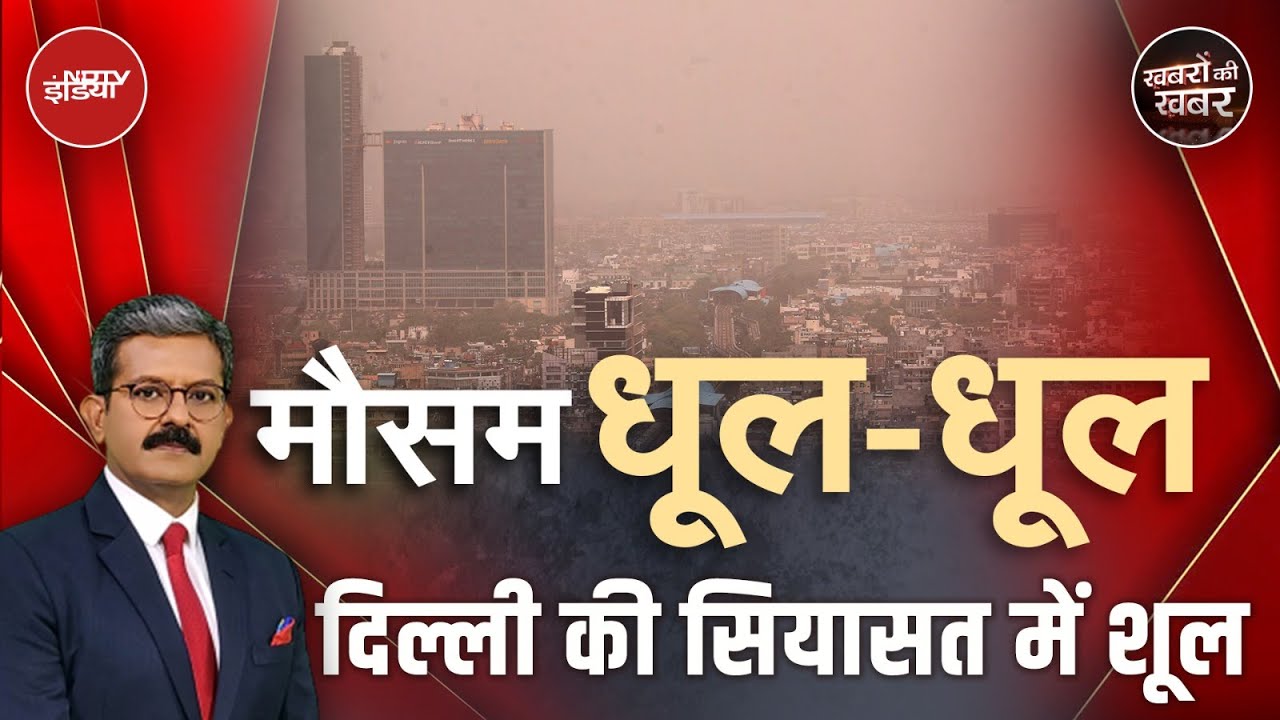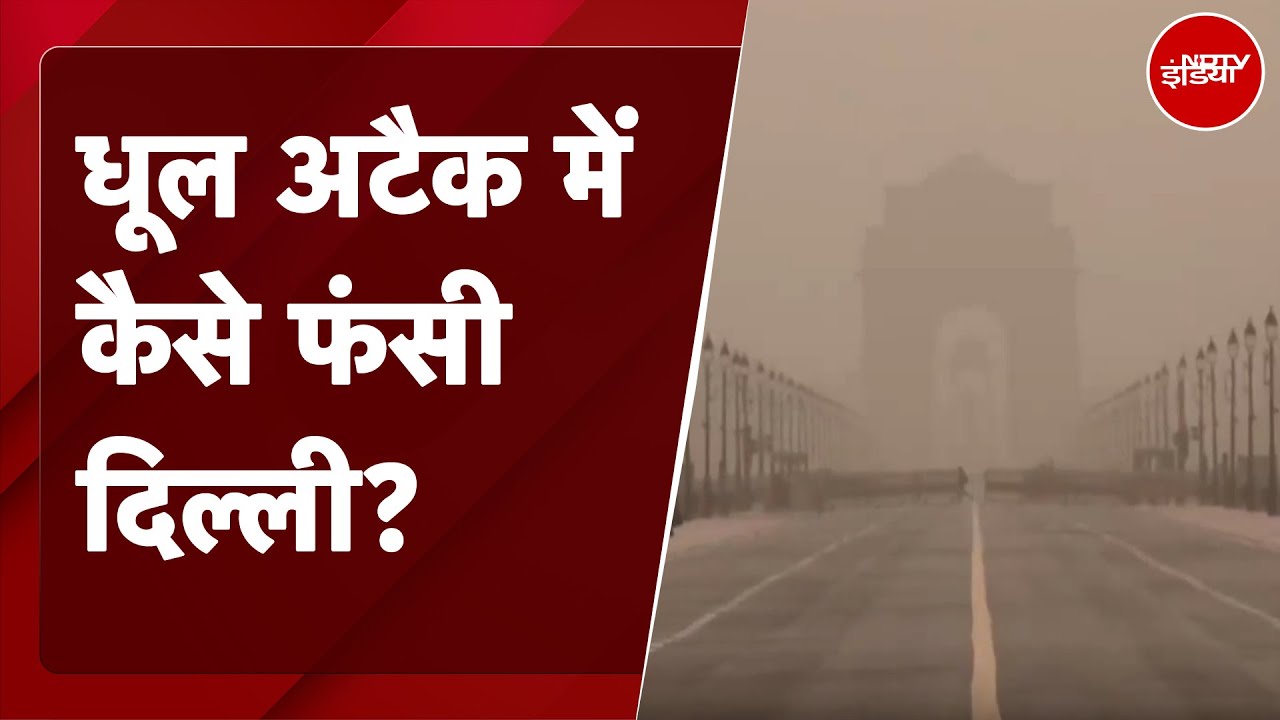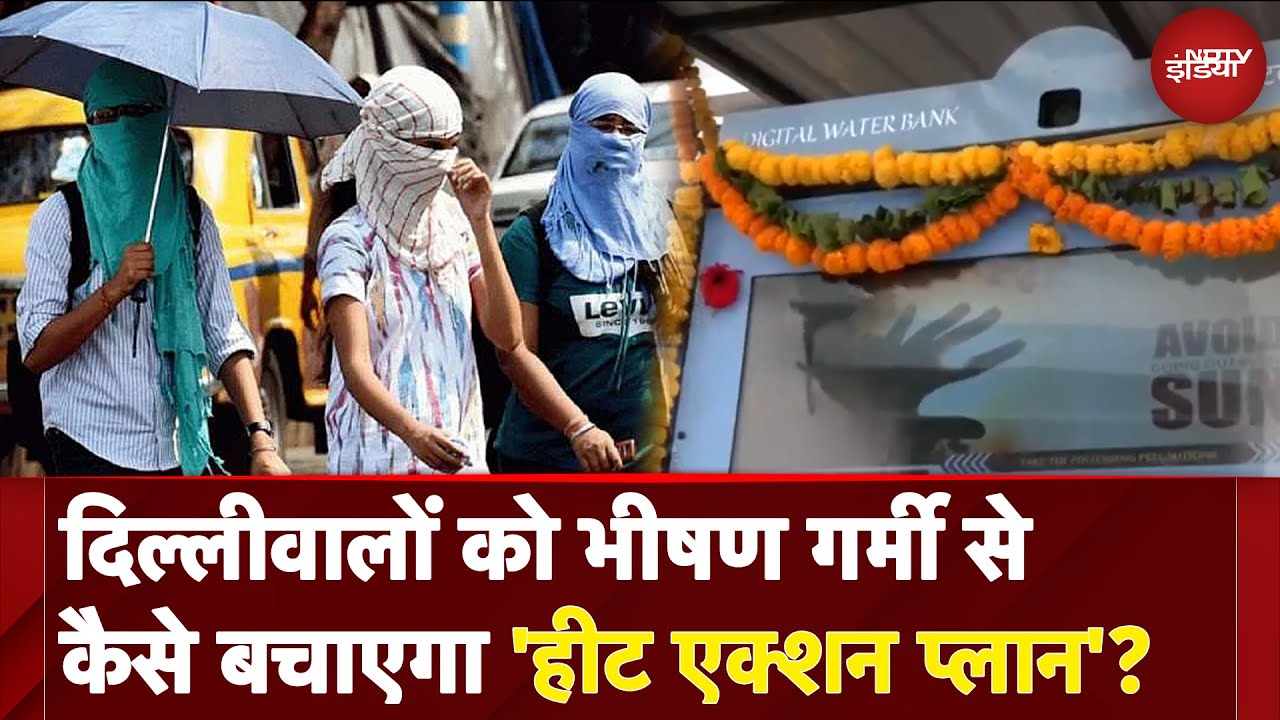- Home/
- Mughals Out, Mahakumbh In: What Has Changed In New NCERT Class 7 Books
Mughals Out, Mahakumbh In: What Has Changed In New NCERT Class 7 Books

The new social science textbook for Class 7 students following NCERT's curriculum has no references to the Mughal rule and the Delhi Sultanate. Earlier, NCERT -- the National Council of Educational Research and Training -- had trimmed sections on the Mughals and Delhi Sultanate. This time, they have disappeared entirely.
The new textbooks have been prepared in line with the new National Education Policy and National Curriculum Framework for School Education, 2023.
5 Themes, 12 Chapters
The twelve chapters in the textbook are categorised under five themes. Under the first theme, 'India and the World: Land and the People' are three chapters -- Geographical Diversity of India, Understanding the Weather and Climates of India. The next theme is 'Tapestry of the Past'; the chapters are New Beginnings: Cities and States, The Rise of Empires, The Age of Reorganisation and The Gupta Era: An Age of Tireless Creativity. The third theme is 'Our Cultural Heritage and Knowledge Traditions', with one chapter: How the Land Becomes Sacred.
The fourth theme is 'Governance and Democracy' and the chapters are From the Rulers to the Ruled: Types of Governments and The Constitution of India - An Introduction. The fifth and final theme is 'Economic Life Around Us'; this has two chapters -- From Barter to Money and Understanding Markets.

Photo Credit: Courtesy: NCERT
What's In
Starting with the Harappan era and Janapadas and Mahajanapadas, the textbook moves to The Rise of Empires, where it talks about the ancient Magadha kingdom. It then refers to the arrival of the Greeks led by Alexander the Great. The textbook then details the creation of the Maurya Empire and chronicles the rise of Chandragupta Maurya and Ashoka, and life during the Mauryan era. The next chapter, The Age of Reorganisation, talks about Shungas, Satavahanas, Chedis, Cholas, Cheras, Pandyas and Kushanas. There is a chapter on the Gupta era that showcases governance, administration and trade during that period.
The next chapter is How The Land Becomes Sacred and mentions key sites associated with all the religions followed in India. This chapter has a section on the Kumbh Mela and details its mythological origin. It also mentions that the Kumbh Mela this year drew a crowd of 660 million. The next chapter focuses on the government and its three arms -- Executive, Legislature and Judiciary. It also draws a comparison between different forms of rule -- democracy, monarchy, theocracy, dictatorships and oligarchy.

Photo Credit: Courtesy: NCERT
What's Out
The NCERT social science textbook for 2024-25 had a detailed section on the rulers of Delhi and included sections on the administration under the Khaljis and the Tughluqs. It also had a chapter on the Mughals and detailed administration under their rule in the 16th and 17th centuries.
The chapter on Mughals introduced the dynasty, detailed their military campaigns, their traditions on succession and their relationships with other rulers. It spoke about Mansabdars, Jagirdars and the Zamindari system.
It must, however, be pointed out that these chapters were in the part-2 textbook for Class 7 students, and the one released for this year is part-1. According to reports, officials have said that the second part is likely to be released in a few months, but they have not commented on whether the second part will include the history of the Mughals and Delhi Sultanate rulers.

Photo Credit: Courtesy: NCERT
What Ministers Said
Asked about the new NCERT textbook, Union Minister Sukanta Majumdar has said the Mughal era has not been removed from the book, but only repetitive content has been edited out. "It has not been dropped. Repetition has been removed. Repetition should not be there," said Mr Majumdar, the Minister of State for Education.
"The Mughal era is an important part of Indian history. Similar importance should be given to the other era also, the one which was India's golden period," he said, adding that the Mughal period is "the darkest part of Indian history."
Defence Minister Rajnath Singh recently pointed to the "glorification" of Mughal ruler Aurangzeb in Indian history textbooks. "In our history books, even a cruel and ruthless ruler like Aurangzeb has been presented in a glorified manner. Due to this distorted history, some people attempt to portray Aurangzeb as a hero," he said.
The 'Saffronisation' Debate
The missing Mughals in the Class 7 textbook are likely to rekindle the allegations of saffronisation against the Narendra Modi government. Opposition parties and social outfits have been accusing the government of tweaking history books for political objectives.
The government, including Education Minister Dharmendra Pradhan, has trashed these allegations and maintained that there is no plan to erase anything from history books, but it has stressed that India's history lessons cannot be restricted to the victories of "Mughal aggressors" and claimed a Western influence in the earlier education system.
Right-wing outfits have often spoken about reclaiming Hindu temples destroyed during the Mughal rule and alleged that Hindu rulers did not get adequate importance in history books. Recently, emotions ran high after Bollywood movie Chhava, which told the story of Maratha ruler Chhatrapati Sambhaji Maharaj. Multiple BJP leaders had then demanded the removal of the Mughal emperor Aurangzeb's tomb from Maharashtra.
Latest Stories
- Press Trust of India | Friday May 23, 2025 , New Delhi
India stands at the cusp of becoming a global leader in exposomics research, with the potential to reshape its understanding and prevent the disease, said Dr Kalpana Balakrishnan, Dean of Sri Ramachandra Institute of Higher Education and Research.
- Press Trust of India | Wednesday May 21, 2025 , New Delhi
Delhi on Wednesday recorded the highest minimum temperature of the season so far at 30.2 degrees Celsius, 3.5 degrees above normal.
- Edited by Vaishali Kapila | Tuesday May 20, 2025
The initiative is part of a pilot scheme aimed at tackling air pollution caused by cooking emissions.
- Agence France-Presse | Monday May 19, 2025
With one foot braced on the helicopter's landing skid, a veterinarian lifted his air rifle, took aim and fired a tranquiliser dart at a polar bear.
- Press Trust of India | Friday May 16, 2025 , New Delhi
Delhi's Air Quality Index (AQI) stood in the 'poor' category at 297 at 9 am, according to the Central Pollution Control Board (CPCB) data.
................................ Advertisement ................................
Latest Videos
Opinion
Opinion | Why Indians Have Just Given Up On Air Pollution CrisisTanushree Ganguly
Friday December 20, 2024While some may argue that people in Delhi are now more aware of air pollution than they were a decade back, my rebuttal would be that awareness does not mean that people are concerned.
Opinion | You Must Outrage Over Filthy Air More Than Once A YearJyoti Pande Lavakare
Tuesday December 10, 2024Delhi welcomed us with monsoon rains and mangos. We were home. Fast forward a couple of years, in the winter of 2012, I found myself in denial about something other parents, mostly expats, were calling toxic air.
Opinion | Delhi's Air Pollution Situation Is Like A Bad MarriageNishtha Gautam
Friday November 22, 2024On a good day, such as today, the AQI reading in Delhi is 407. We are jubilant at the sickly sunshine trickling through the slightly dissipated smog. At least its not 1600.
दिवाली... पराली... सियासी जुगाली!Ashwini kumar
Monday November 18, 2024दिल्ली-एनसीआर में प्रदूषण का समाधान तो आज तक मिला नहीं. हर साल चिंतित होकर हम-आप सांसों की तकलीफ के साथ-साथ दिल और ब्लड प्रेशर के मरीज भी क्यों बनें?
घर में कैद बुजुर्ग और हांफते लोग, दिल्ली की सांसों में घुला ये कैसा रोग?Nidhi Kulpati
Friday November 08, 2024हमारी हवा जहरीली हो रही है. गुरुवार की शाम को जब मैं इस मुद्दे पर लिखने बैठी तो AQI लगातार 400 पार जाकर दम घोंट रहा था. बहुत लोगों को यह मामला बोरिंग लगे, लेकिन जब आप अपने साथ काम करने वालों को खांसते-हांफते देखते-सुनते हैं, तो चिंता होने लगती है. सुबह उठते ही दरवाजे खिड़कियां खोलने के लिए डॉक्टर मना कर रहे हैं. बड़े बुजुर्गों के लिए तो मॉर्निंग वॉक बाहर की दुनिया से सीधे संपर्क का ज़रिया है, लेकिन डॉक्टर इसकी भी मनाही कर रहे हैं.


















